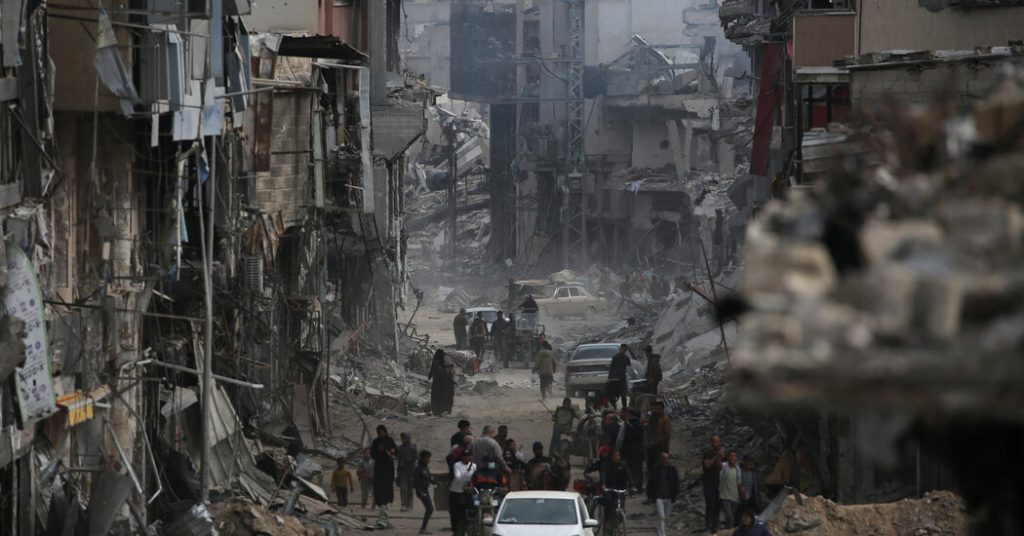The Israeli military’s withdrawal from southern Gaza has left the territory in a state of uncertainty. While some hoped it might signal a new cease-fire, both Hamas and Israeli officials suggested the war was not over. Prime Minister Benjamin Netanyahu emphasized that Israel was seeking “total victory over Hamas” and mentioned plans to eliminate the terrorist battalions in Rafah, Hamas’s last stronghold. However, the withdrawal created a power vacuum in Gaza and left Hamas with the opportunity to regroup and re-emerge as a military force across the territory.
The withdrawal of Israeli troops from southern Gaza marks a new phase in the conflict, signaling a shift towards small-scale operations to prevent Hamas’s resurgence. The drawdown began in January and leaves only a single brigade in Gaza, down from roughly 50,000 troops at the height of the war in December. Despite the campaign’s significant casualties and destruction in Gaza, Israel has not achieved its objectives in the conflict. The failure to eliminate Hamas’s leadership and fighters while leaving many hostages in Gaza has led to criticism of Israel’s strategy.
For Palestinians returning to their homes in Gaza after the Israeli withdrawal, the scene is one of devastation. Entire neighborhoods lie in ruins, with residents searching for belongings, loved ones, or even human remains in the rubble. The destruction has left many in despair, as homes and livelihoods have been lost. Some fear that Israel will deploy ground troops to Rafah, intensifying the suffering in the region and raising concerns about the long-term future of those affected.
The prospect of further Israeli military operations in Gaza, particularly in Rafah, raises international and domestic pressure on Prime Minister Netanyahu. While some members of his ruling coalition advocate for advancing into Rafah to fully rout Hamas, others warn of the civilian toll and potential backlash. The Biden administration has pushed for a new cease-fire agreement and hostage-release proposal, but negotiations with Hamas have stalled over key issues, including the governance of Gaza and the release of prisoners.
The situation in Gaza remains fragile, with ongoing uncertainty about the path forward in the conflict. The withdrawal of Israeli troops has left many questioning the effectiveness of Israel’s military strategy and the impact on civilians in Gaza. The push for a cease-fire and the release of hostages highlights the complex dynamics at play in the conflict, with competing demands from various stakeholders. As the situation continues to evolve, the future of Gaza and its residents hangs in the balance, awaiting a resolution to the hostilities.


